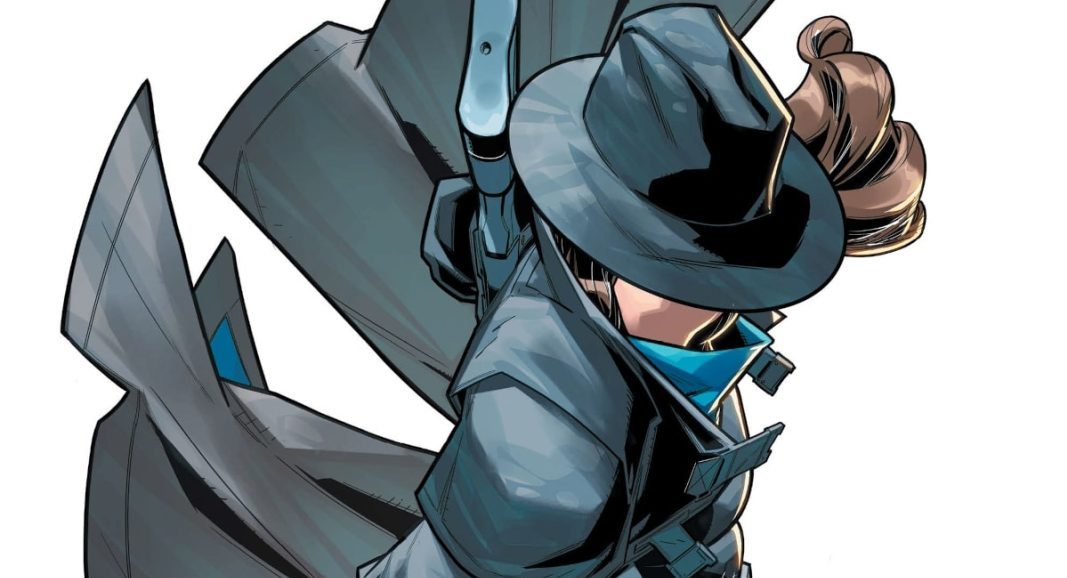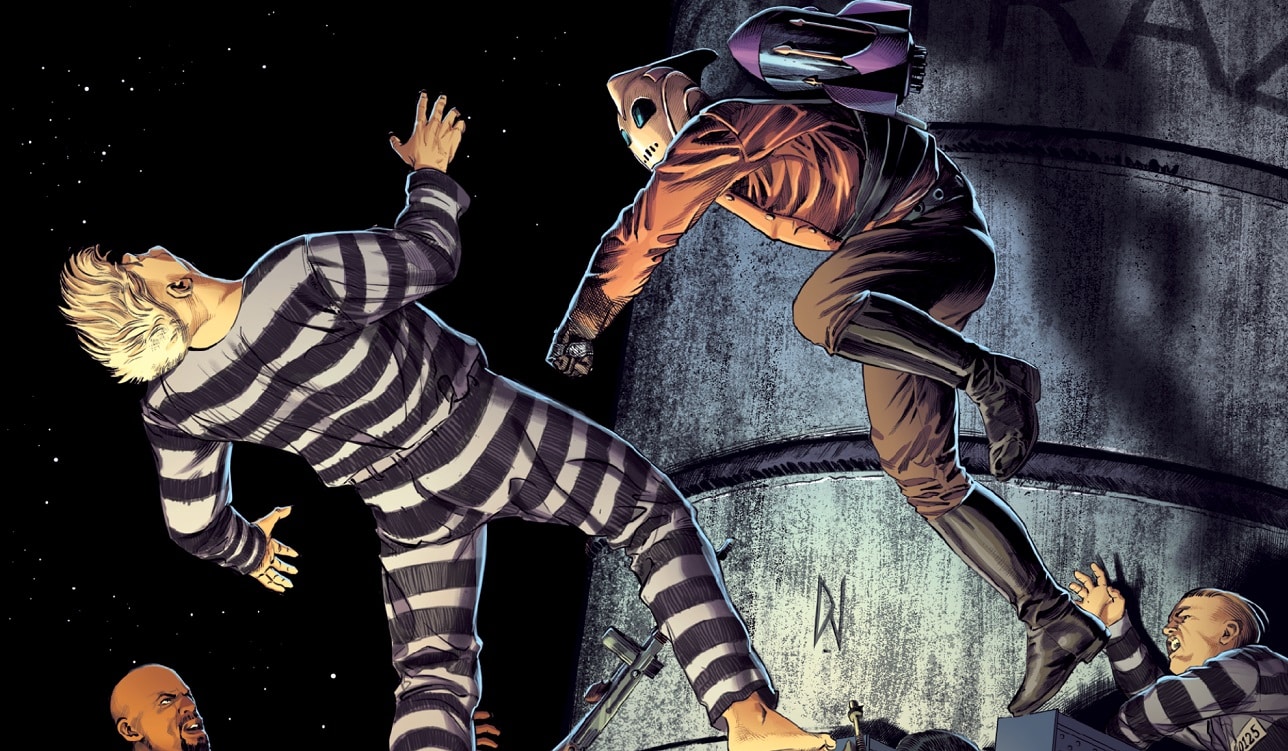David Mandl | November 14, 2024
In the long historical line of public figures who have “gone native,” B. Traven stands out. The (probably) American-born writer, best known as the author of the novel The Treasure of the Sierra Madre, was in his thirties when he found himself on a beach in Tampico, Mexico, more or less by chance, but he devoted the rest of his life to publicizing the struggles of Mexican revolutionaries and peasants and doing everything in his power to expunge his gringo roots.
What’s best known about Traven is ... how little has ever been known about him. The name B. Traven was certainly a pseudonym; his real identity may really have been T. Torsvan, born in Chicago in 1890. Or Traven Torsvan, a Norwegian photographer. Or Hal Croves, an American literary agent and screenwriter. Or Ret Marut, born in San Francisco in 1882.

It’s thanks to Traven himself that this mystery persists. He refused even to reveal what language he wrote his books in (easy enough to be cagey about, since there were hundreds of editions of them, in dozens of languages). He juggled identities, and masked his real one, with such recklessness that, on first being introduced to his future wife Rosa Elena Luján as the screenwriter Hal Croves, she remembered meeting him fifteen years earlier as a marine engineer named Torsvan. When, on several occasions, prying reporters attempted to ferret out the truth, he made extraordinary, and sometimes ham-fisted, attempts to throw them off the scent. (“I am not the person you think. B. Traven is my cousin, but he is dead.”) One especially ambitious journalist uncovered what was likely his real identity, Traven Torsvan, by hounding him, sifting through bank records, and offering Traven’s friends bribes for a peek at personal correspondence. Another, who stalked Traven for four years in the 1960s, spread the fantastical story that he was the son of Kaiser Wilhelm III and a Norwegian singer, a claim that (Traven being a celebrated native author at that point) the Mexican president felt it necessary to hold a press conference to debunk.
The dots of Traven’s story have become gradually connected over the years, thanks to several biographies and critical studies, and B. Traven: Portrait of a Famous Unknown, a new graphic bio by Golo (nom de crayon of the French artist Guy Nadaud), ingeniously pulls together the nearly complete picture that we have today, adding luxuriant color to this already polychromatic life.
On the subject of biographies, Traven had this to say: “Let me be clear: The biography of a creative person has no significance. If they cannot be recognized through their works then either they are worthless or their works are worthless.” But Golo’s biography (luminously translated from the French by Donald Nicholson-Smith, best known for his translations of the work of situationists Guy Debord and Raoul Vaneigem) proves the opposite. Traven, his undoubtedly consequential oeuvre notwithstanding, led an inspired and inspiring life that deserves recognition, despite his own best efforts. Portrait of a Famous Unknown alternates between fairly straight-ahead biographical exposition and less-linear dream sequences, between an almost monotone, objective drawing style and hypnotically swirly, saturated, Day of the Dead–inspired interstices. The narration swings from (presumably) Golo to Traven himself to Luján, who did the service of granting several interviews and making much of Traven’s archives available after his passing.

Wherever he was born, the roots of Traven’s political activity lay in Germany. After a halting career as an actor at the Essen Playhouse, and then as part of an itinerant troupe from Berlin, he took on the job of editing the anarchist newspaper Der Ziegelbrenner (“The Brickburner”) in 1917, when the country was in the thick of World War I. The paper pulled no punches in identifying its main enemy, the capitalist system. At the same time, Traven was involved in the successful establishment of the revolutionary Bavarian Council Republic of 1919–20, and was eventually named director of the Council’s press department. In his speeches he scorned both of Germany’s dominant “socialist” parties. Speaking at a conference in December 1918, he proclaimed, in the best individualist-anarchist tradition: “I belong to no party and no political tendency of whatever sort because no party or program, no proclamation or call for unity, can protect me from universal misery. Does even one of your leaders have any goal other than to dominate you or use you to dominate others?”
Neither this kind of talk nor the wildcat general strike provoked by Traven and his fellow Spartacists endeared them to the German government, which mercilessly put down the insurrection, shut down the radical newspapers, and probably engineered the murders of Rosa Luxemburg and other radical figures. Traven, lucky to escape with his life, fled to Cologne, then under British occupation. From there he traveled to Berlin, Rotterdam (where he got work on a ship under the most inhumane conditions imaginable, later to be immortalized in his novel The Death Ship), London (with a brief stay in Brixton Prison due to his suspicious lack of “papers”), and ultimately Tampico.

In Mexico, Traven almost immediately found his home and his people. Among other things, Tampico was a haven for members of the anarcho-syndicalist Industrial Workers of the World, who had left the U.S. to escape prosecution for their opposition to the war and violence at the hands of the bosses’ anti-union militias. He also felt an affinity with the Indians employed by landowners and the huge foreign oil companies based there. “I like this country,” he wrote in his diary. “You don’t get indiscreet questions. Interesting things are going on. The revolution is not dead. ... I could write and survive by working the land.”
As a white man, he found himself treated with a trifle more respect than the locals, and this gave him some negotiating power to agitate against the worst abuses, financial and otherwise, of the bosses on behalf of his nearly helpless colleagues. But he nevertheless witnessed horrific exploitation, wage-theft, and dirty-dealing at the hands of the employers — often in cahoots with the government. This provided the material for the slew of shocking, barely fictional novels he produced about the plight of indigenous workers in the Lacandon jungle, on cotton farms, and in “the hell of the logging camps,” including The Cotton-Pickers, The Bridge in the Jungle, and The Treasure of the Sierra Madre. There was hardly any precedent for these kinds of deeply radical semi-exposés, and they were immediately popular, though not surprisingly some were censored by bureaucrats back in Germany, concerned that the anti-authoritarian contagion might spread there. When the Nazis came to power and banned Traven’s books outright he had his publishing rights transferred to Zurich.
Traven’s biggest and highest-profile success was having Sierra Madre produced by Warner Bros., with John Huston directing and Humphrey Bogart in the starring role. The reasoning behind Traven’s decision to pitch the project to Huston was that his ideas would reach a much larger audience this way, since “even the illiterate go to the movies.” The film, which won a basketful of Oscars, BAFTAs, and Golden Globe awards and is arguably Huston’s finest piece of work, ticks the boxes on any number of Traven’s concerns, especially the toxic influence of money and the almost inherent corruption of governments. (His scathing, passive-aggressively titled novel Government should have left no doubt about his views on the latter.)

The film was largely shot on location in Tampico and the mountains of Mexico. As a condition of having the film produced, Traven insisted on being on set, but in the end his “agent” Hal Croves (actually a thinly disguised Traven) substituted for him. A straight-faced “Croves” reassured Huston that “I’ve read your screenplay” and “Mr. Traven would okay your adaptation unreservedly.” On the set he was an intractable advocate for Traven, declaring that he would never permit the slightest change to his client’s work. By this ruse, as well as his incognito appearance at the Venice Bieniale, Traven’s anonymity was preserved even through the production and premiere of a Hollywood feature film.
Traven remained in Mexico until the end of his life, in 1969, eventually becoming a Mexican citizen and marrying Luján, his translator and confidante. It’s safe to say that he didn’t miss the big cities of Germany and the U.S.: “I live in wonderful solitude,” he had written earlier, “my sole companion the lizards ... The eternal song of the jungle, so calming for the nerves once you get used to it, is my lullaby.” Upon his death, his ashes were scattered over the Lacandon jungle in Chiapas — which, significantly, was the site of the dramatic uprising by the anarchist Zapatista movement some twenty-five years later, a turn of events that surely would have made him proud.

Golo’s bio successfully employs several devices to move us, temporally and emotionally, through Traven’s life, the most evident being his use of color. The Civil War years in Germany, during which Traven was swept up in hostile parliamentary debates and the government’s violent crackdowns on radicals began, are represented in a somber, newsreel-ish sepia hue. (During the Bavarian Council Republic period some Communist red is briefly introduced into the frame.)
As Traven escapes and moves fitfully through the U.S., U.K., and Canada, the color palette shifts to a more neutral blue wash. And with Traven’s arrival in Mexico — his ultimate destination, in every sense — we go full color, complete with the aforementioned dream sequences and ecstatic full-page depictions of Mexican life. At the same time, Golo’s grid lines suddenly disappear, another subliminal hint at Traven’s unshackling and his personal and creative flowering.
Golo pieces together the elusive Traven’s story — not an easy task — with great skill, and obvious affection for his subject; it’s impossible not to root for our hero as he hits one after another bureaucratic barrier in his attempts to escape the endless string of
governments and jailers on his tail before his final escape to paradise. The breezy format and pace of Golo’s book belies the dogged research that clearly went into it, and the story is satisfyingly thorough, though Golo helpfully includes what looks to be a complete bibliography for good measure. There have been numerous attempts in print to unravel his life and bewildering list of identities, including some dense academic treatments, but it feels appropriate that the final word on Traven, who so dramatically rejected the privileged world he was born into for a life among the peasants of Mexico, has come in the form of this joyful graphic bio.




















 English (US) ·
English (US) ·